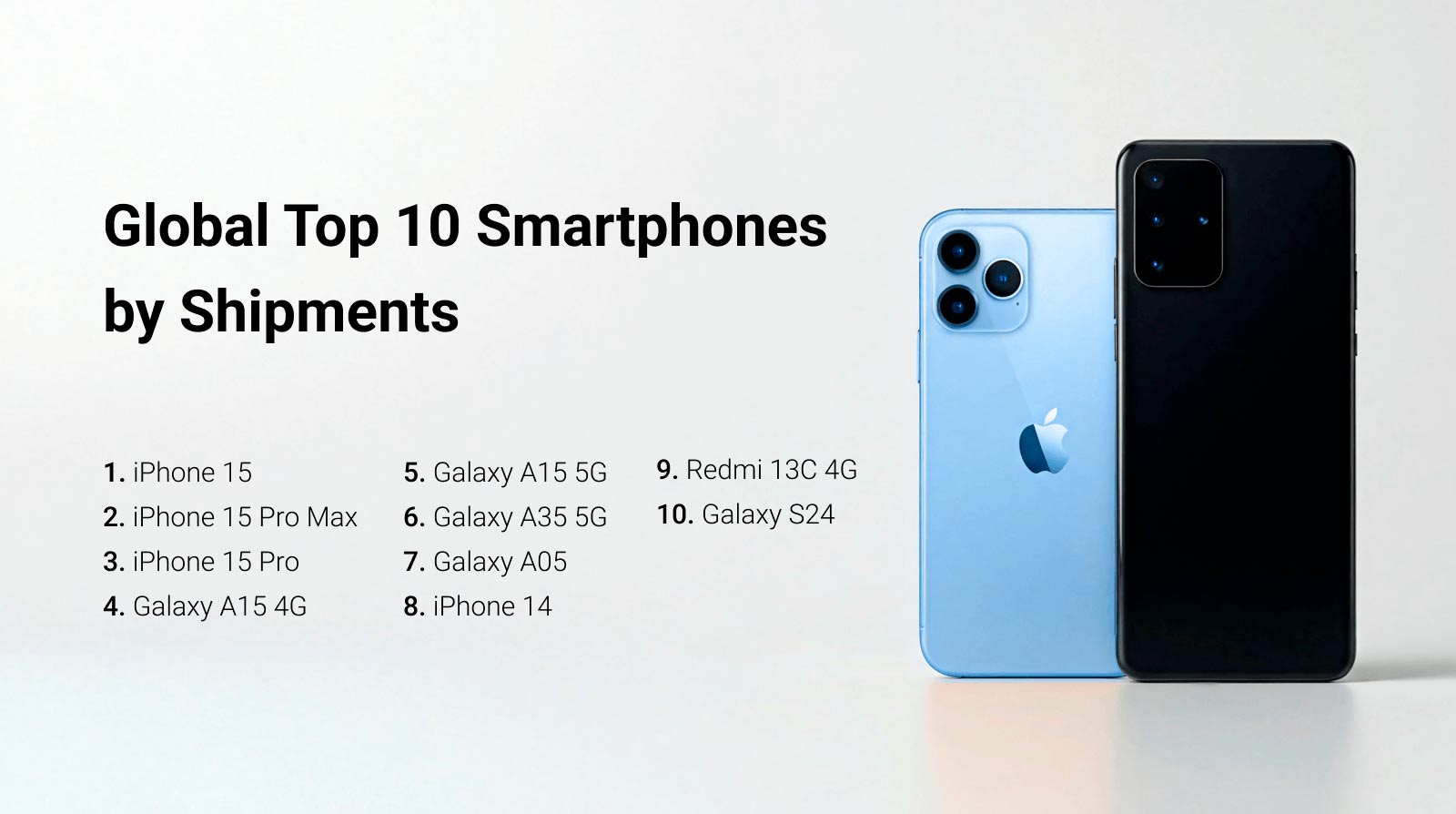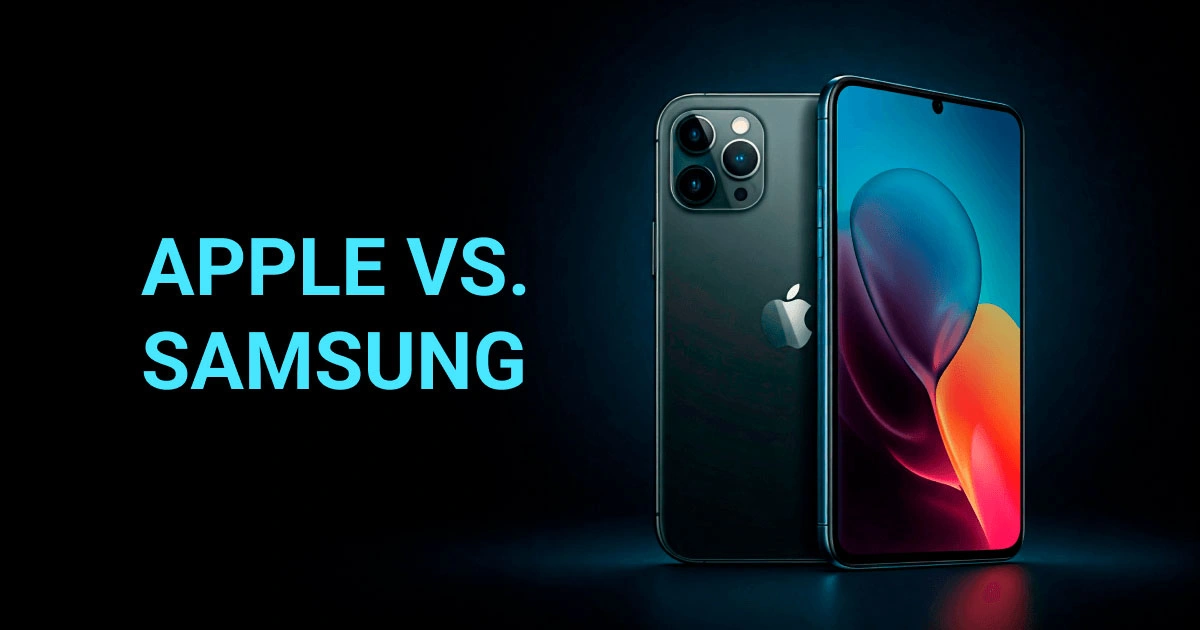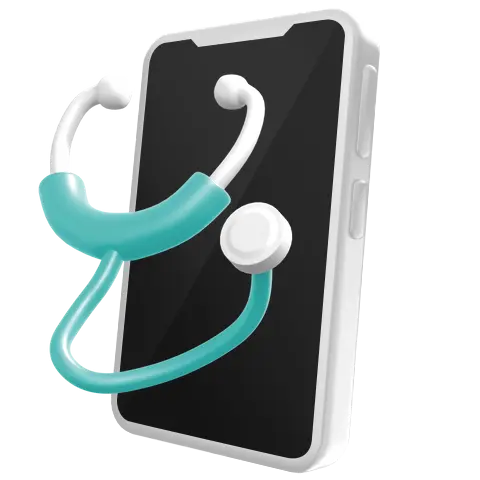The debate between iPhone and Samsung has been ongoing for years, with many trying to determine the best smartphone model. However, this article will not focus on comparing the features or user experience of these phones. Instead, we will discuss how used device businesses can effectively manage phones from these brands and identify the models that are most profitable for their operations.
Apple vs. Samsung: Statistics
The confrontation between the two brands goes back more than a decade. For now, their global market share is almost similar: in the third quarter of 2024, it was 19% for Samsung and 17% for Apple, according to Counterpoint Research.

In the second quarter of 2024, the number of shipped smartphones was 45.5 million and 54 million devices for Apple and Samsung, respectively.
In the US, the market share of these brands is even higher: CIRP research states that out of all smartphones sold, 38% were by Samsung and 33% by Apple. However, this doesn’t mean that Apple earns less; the company sells more flagship models—64%, compared to 42% sold by Samsung—leading to higher overall revenues.
Apple vs. Samsung: Product Lines
Brands have different approaches to their lineups. Whereas Samsung has multiple product lines that vary by quality and price, Apple keeps its product range relatively small. Therefore, Samsung covers the needs of a larger audience, providing both affordable and more high-end devices.
Apple Product Line
iPhones are notable for their continuity in design and functionality. All smartphones come pre-installed with iOS, ensuring seamless integration with Apple's ecosystem. New iPhone models are typically released annually with a simple and straightforward naming convention: each new device follows sequential numbering. iPhone models can be divided into three main categories:
- Standard Models. Apple’s core models are the go-to devices for most users. With useful basic features, stable performance, and an appealing price point, they meet most needs and expectations. The current standard models on the market, released in September 2024, are the iPhone 16 and iPhone 16 Plus, priced at $799 and $899, respectively.
- Pro Models. For advanced users, Apple offers a more feature-rich lineup. Pro models include 120Hz displays, more powerful batteries, upgraded cameras, and other enhancements. Consequently, these models are priced higher: the iPhone 16 Pro starts at $999, while the iPhone 16 Pro Max is priced at $1,199.
- SE Models. The most affordable iPhones—though released less frequently—are the SE series. The third generation, introduced in 2022, had a starting price of $429.

Samsung Product Line
Samsung Galaxy is a series of consumer electronics products that include tablets, earbuds, laptops, and, of course, smartphones. The extensive lineup offers both basic and advanced options for a variety of budgets, encompassing the following series:
- Galaxy S series. These flagship devices feature advanced technologies and high-end specifications. Equipped with the most powerful processors, cameras, and batteries, they deliver excellent performance and an enhanced user experience. The latest models in the series are the Samsung Galaxy S24, S24+, and S24 Ultra, priced at $799, $999, and $1,299, respectively.
- Galaxy A series. The high- and mid-range smartphones serve as alternatives to the more expensive S Series. With essential features, appealing designs, and affordable prices, they offer reliability and usability. In 2024, the series expanded with two new models: the Samsung Galaxy A35 5G, starting at $399, and the Samsung Galaxy A55 5G, starting at $499.
- Galaxy M series. Samsung’s budget smartphones come with several competitive features, including extended battery life, AMOLED displays, and fast charging. However, they are equipped with less powerful processors and lower-tier software, resulting in a comparatively limited user experience. The latest models in this series are the Samsung Galaxy M15s 5G, M35 5G, and M55 5G.
- Galaxy Z series. This series comprises Samsung’s foldable smartphones, including six generations of Galaxy Flips and Galaxy Folds. Their unique design and innovative user experience drive the series’ popularity. Additionally, these devices feature improved performance, solid water resistance, and upgraded cameras. Prices for foldable devices are relatively high, with the Samsung Galaxy Z Fold 6 starting at $1,899 and the Samsung Galaxy Z Flip 6 starting at $1,099.
Apple vs. Samsung: The Best Models
For used device businesses, knowing the most popular models of both brands is crucial. Understanding consumer demand will help you build a profitable inventory and stock your collection with the most appealing items.
According to Counterpoint Research, Samsung smartphones dominated the top-10 best-selling phones list in the third quarter of 2024. Galaxy A series devices were especially in demand, with four models making the list: Galaxy A15 4G, Galaxy A15 5G, Galaxy A35 4G, and Galaxy A05. The tenth spot on the list was held by the Galaxy S24, Samsung’s premier smartphone of the year.
As for iPhones, four models also appeared on the list. These included the predecessors of the newly released iPhone 16: the iPhone 15, iPhone 16 Pro, and iPhone 16 Pro Max. Another in-demand Apple smartphone was the iPhone 14.

What Phones Are Better for Used Device Businesses? iPhones vs. Samsung's
The top 10 devices mentioned above are great phones to have in stock. However, other Apple and Samsung devices are also in demand, so adding them to your inventory is a no-loss option.
Keep in mind that iPhones are popular for their fast turnover, but the high resale volume can drive prices down, limiting profits. Foldable phones, while trendy, may bring in higher profits in the short term, but their demand is less predictable. Look for devices that offer a balance of quick sales and strong margins to maximize profitability.
To ensure the quality of your inventory, it's essential to test devices thoroughly. NSYS Diagnostics is an advanced solution that quickly and accurately assesses the condition of iOS and Android phones, tablets, and Apple Watches. With over 60 tests to detect more than 100 hardware defects, it eliminates human error and fraud, helping you build a reliable, high-quality inventory.
Try NSYS Diagnostics today!








